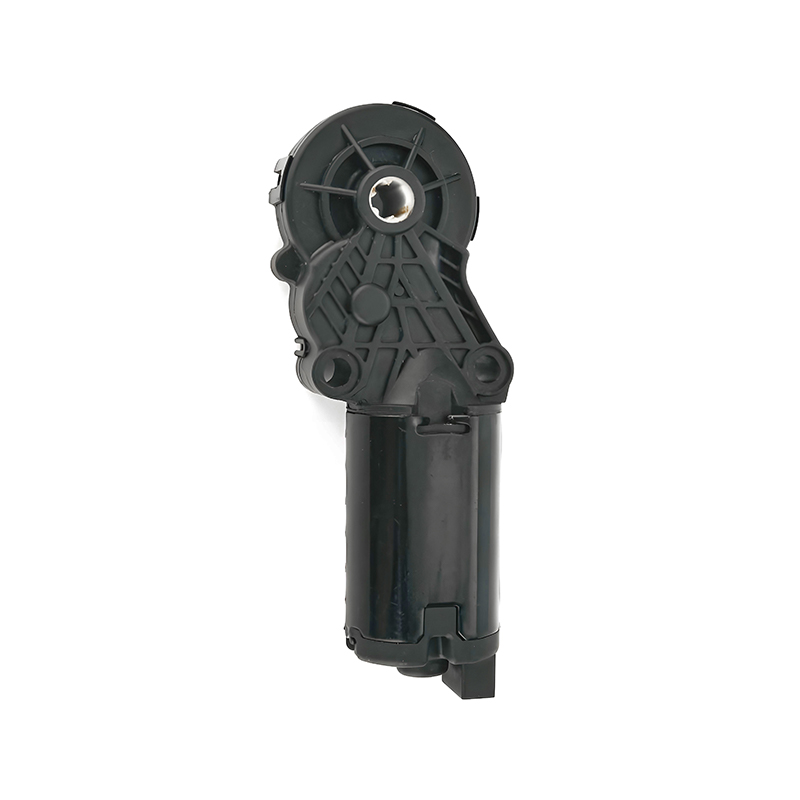The modern vehicle interior focuses heavily on comfort, convenience, and design. Among the many components that contribute to a pleasant driving experience, the sunroof motor plays a subtle yet important role. A sunroof motor that supports both slide and tilt mechanisms offers greater flexibility and improved functionality to vehicle owners. This dual-action capability allows the sunroof or moonroof to open in multiple ways, enhancing ventilation options and cabin ambiance. Within this context, understanding how such motors work and their relationship to other automotive components like the regulator and motor for car window is valuable.
The sunroof motor is designed to drive the opening and closing of the sunroof panel, typically allowing it to slide back or tilt upwards. The sliding function lets the roof panel retract smoothly over the vehicle's roof, letting in fresh air and natural light. Meanwhile, the tilt mechanism lifts the rear edge of the panel, providing gentle ventilation without fully opening the roof. This two-way movement is controlled by the motor, often integrated with sensors and switches, so drivers can easily select the desired position.
In many ways, the sunroof motor shares similarities with the regulator and motor for car window systems. Both systems rely on electric motors to move glass panels safely and smoothly. The regulator and motor for car window work together to raise or lower the window glass within the door frame, while the sunroof motor handles the movement of the roof panel. Despite their different locations and functions, the principles behind their operation are comparable: converting electrical energy into mechanical motion via gears and linkages.
The moonroof motor is essentially a type of sunroof motor, but is often associated with glass roof panels that allow light to enter even when closed. The moonroof motor must be designed with careful attention to smoothness and noise reduction, as any vibrations or rough movements could affect the comfort of passengers. Supporting both slide and tilt mechanisms means that the moonroof motor has to handle more complex control logic and mechanical stresses than a single-action motor.

This complexity requires robust engineering. For example, the moonroof motor incorporates precision gear trains that can switch between sliding and tilting modes seamlessly. Additionally, it works in concert with safety features that prevent the roof from closing if an obstruction is detected, similar to safety functions found in the regulator and motor for car window assemblies. These safety measures help protect passengers and prevent damage to the motor or sunroof components.
Another factor to consider is the environment in which these motors operate. Both the moonroof motor and the regulator and motor for car window are exposed to varying temperatures, moisture, and dust. As a result, their housing and internal components are often designed with sealing and corrosion resistance in mind. These design elements help ensure consistent performance over many cycles, even under harsh automotive conditions.
The dual-function sunroof motor also plays a role in overall vehicle design. Automakers must carefully select motors that fit within limited space while meeting operational demands. The moonroof motor's ability to support both slide and tilt mechanisms can reduce the number of separate components needed, simplifying the assembly process. At the same time, the regulator and motor for car window must meet similarly strict size and power constraints to fit inside the door panels without adding excess weight.
For drivers, the result is a more versatile sunroof experience. Instead of being limited to just sliding open or tilting, they can choose the mode that ideally suits weather conditions or personal preferences. The moonroof motor's quiet and smooth action adds to cabin tranquility, while the regulator and motor for car window contribute to a similarly refined feel when adjusting windows.
Maintenance is another point where these motors show their quality. Since the moonroof motor and the regulator and motor for car window are electrical devices with moving parts, regular inspection and occasional lubrication help extend their lifespan. Detecting signs of wear early can prevent failures and costly repairs. Many vehicles now include diagnostic systems that monitor motor function and alert owners to potential issues.
In summary, the sunroof motor that supports both slide and tilt mechanisms represents a thoughtful engineering approach that enhances vehicle comfort and user convenience. Its design closely relates to other automotive motors like the regulator and motor for car windows, which serve similarly critical roles in vehicle functionality. The moonroof motor, with its dual-action capabilities, continues to improve interior air quality and lighting while maintaining ease of use.
By integrating precise mechanical components with electronic controls, these motors providethe smooth, reliable operation that drivers expect. As vehicle technology evolves, the cooperation between motors like the sunroof motor and the regulator and motor for the car window will remain essential in delivering seamless driving experiences.
Your email address will not be published. Required field are marked*